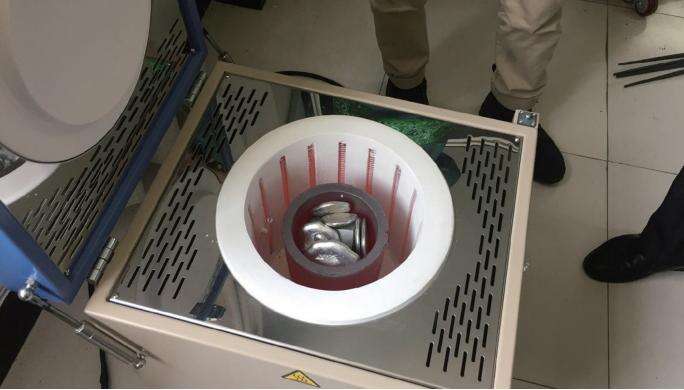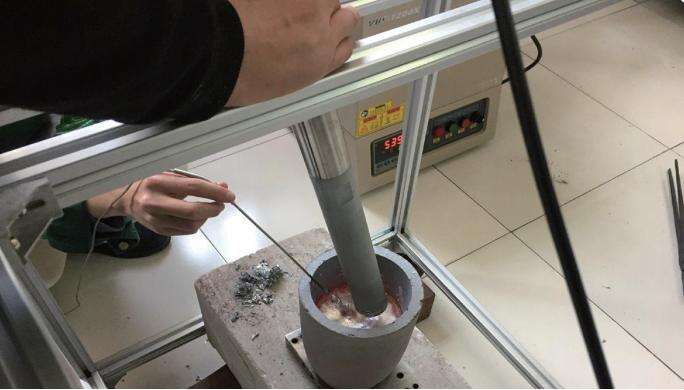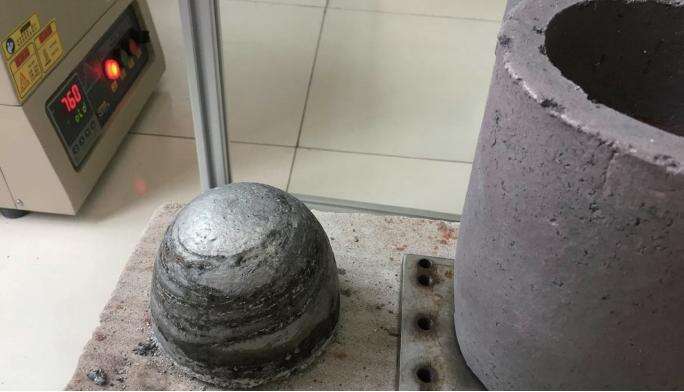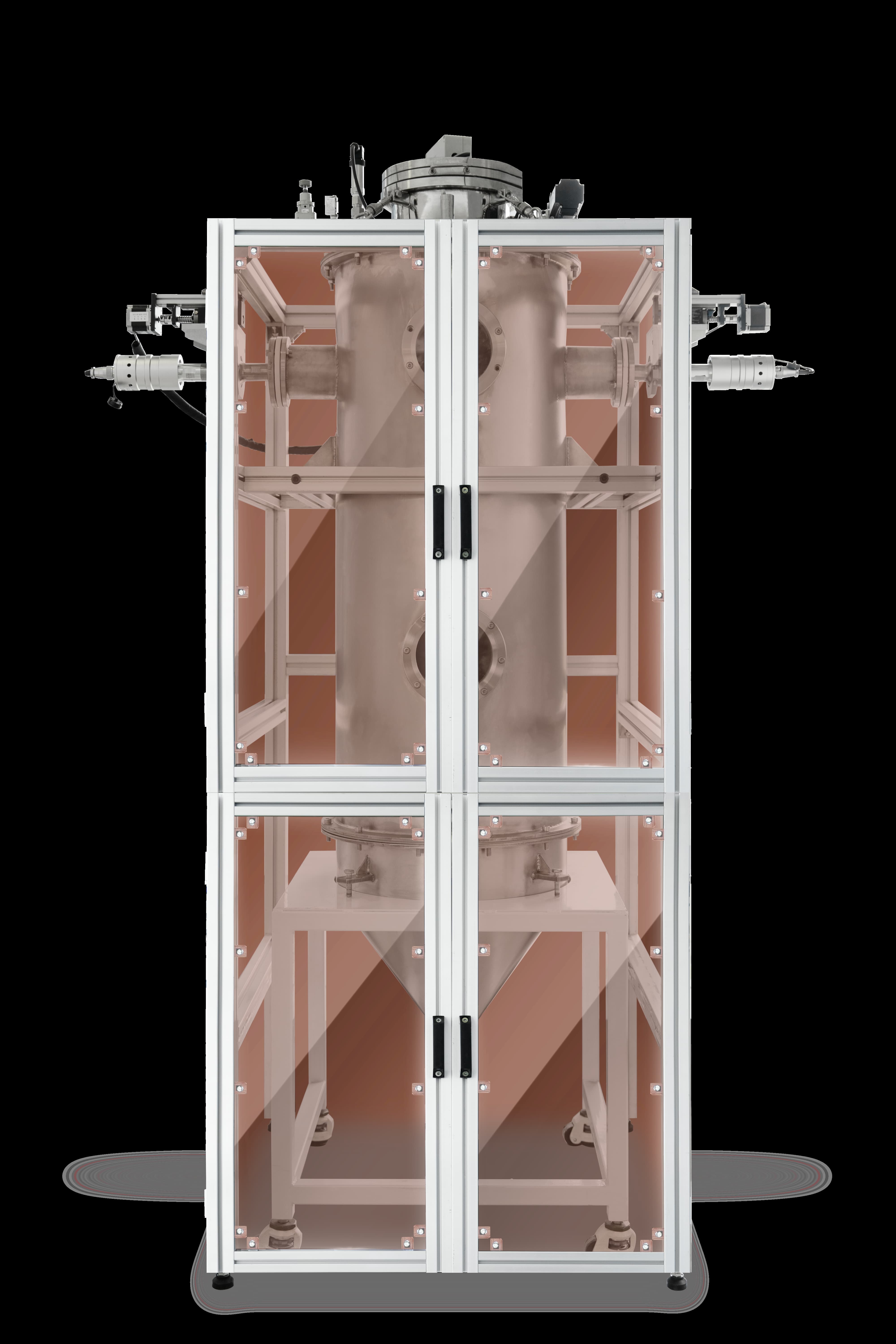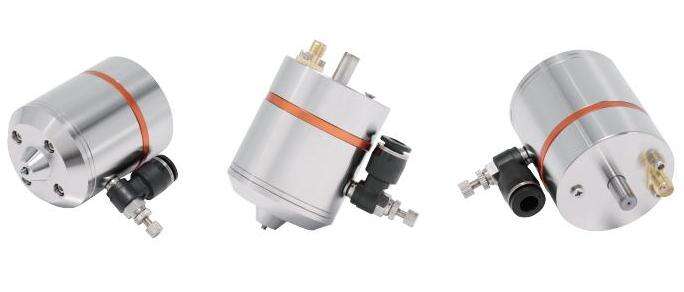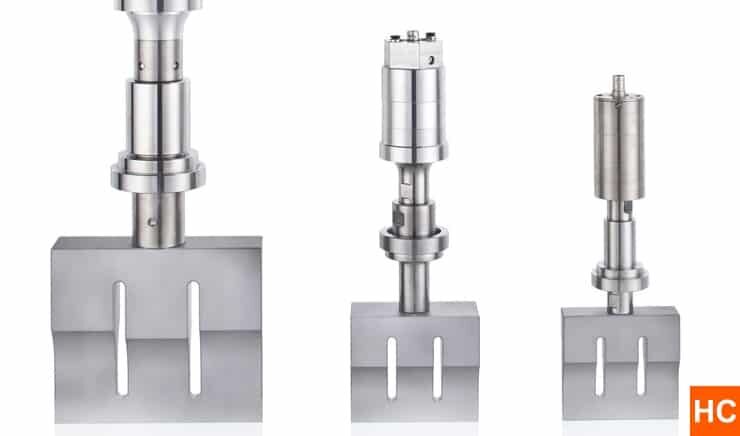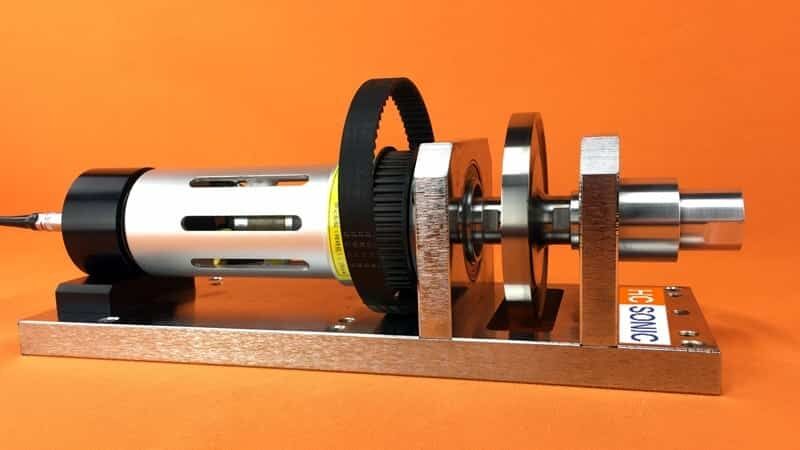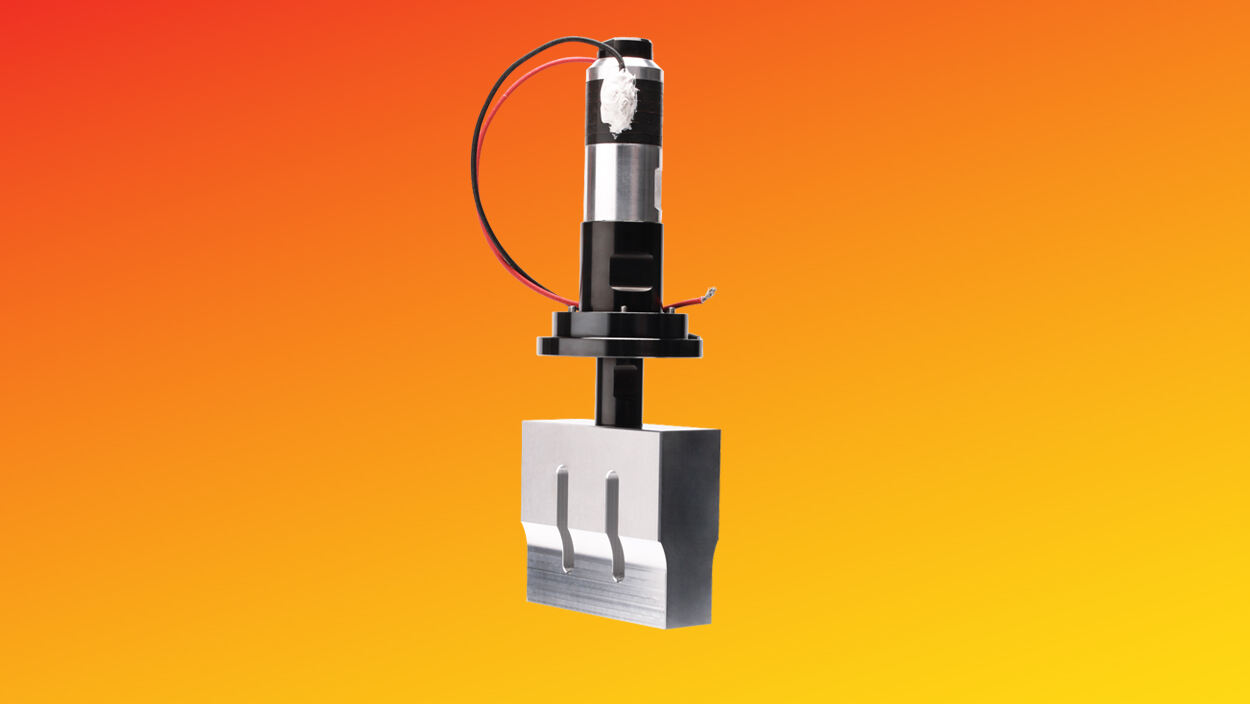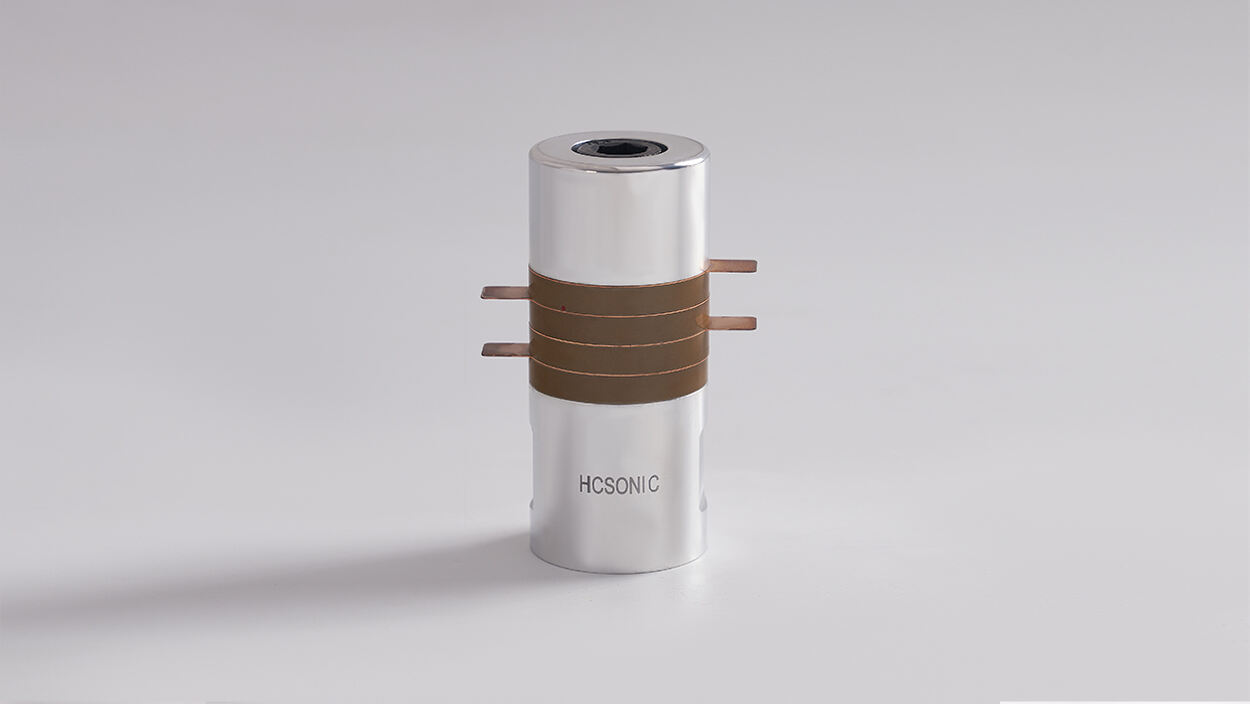- Overview
- Recommended Products
- The welding process is simple and easy to learn, significantly reducing the amount of solder used. At the same time, it decreases production labor hours and significantly improves production efficiency under the same conditions;
- It significantly enhances product conductivity, lowers circuit resistance, increases contact surface area, and prolongs the durability of the dip-welding tool head;
- No auxiliary flux or cleaning agent is required, reducing corrosion and preventing water and air pollution. Moreover, it does not cause cold joints or short circuits;
- Under electron microscopy, the distribution of grain sizes in the melt is relatively uniform, and the refinement effect of the melt is significant.
- 2. The grain size is small, with a flat surface and no impurities, the effect is obvious, proving that the metal melt equipment can be used for grain refinement.
Device Overview:
Ultrasonic metal melt equipment is mainly used to remove impurities, bubbles, grain refinement, and improve the quality of castings. It is a clean and relatively efficient technology. Porosity is one of the main defects in aluminum alloy castings because it can damage the mechanical properties and pressure sealability of castings. The occurrence of porosity in castings is due to gases precipitating from the melt during solidification or because liquid metal cannot compensate for and volume contraction through interdendritic regions. Therefore, effectively removing bubbles is a key link to improve the quality of castings.
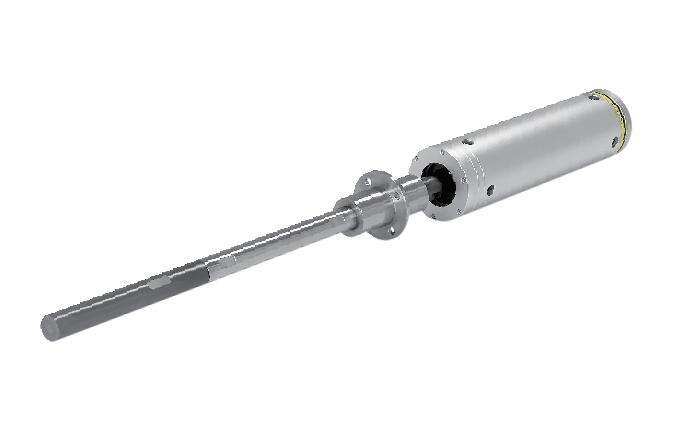
20k Ultrasonic Metal Melting Equipment (Ceramic Tool Head)
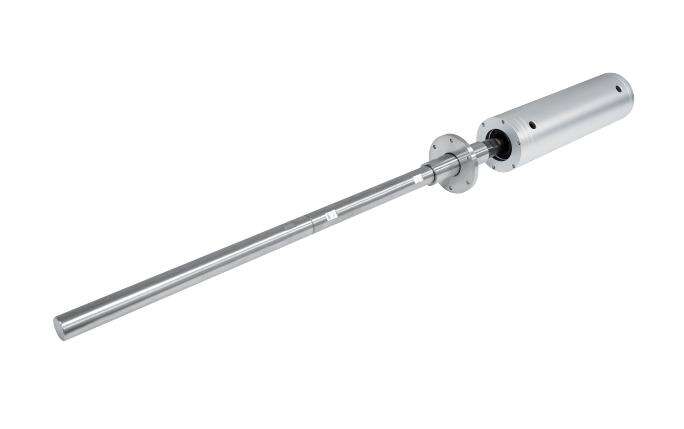
15k Ultrasonic Metal Melting Equipment (Titanium Alloy Tool Head)
Working Principle :
Thermal Effect Ultrasonic thermal action can produce two forms of thermal effects. One is the thermal effect produced by continuous waves, and the other is instantaneous thermal effect. The combination of the two intensifies internal friction, causing part of the acoustic energy to be absorbed and converted into medium energy, promoting the temperature rise of the liquid medium and changing the viscosity and fluidity of the solution. Acoustic Flow Effect When the ultrasonic wave reaches a certain intensity, the jet flow caused by the acoustic flow effect will circulate in the entire metal melt, forming a circulating current. Acoustic flow is a combination of laminar and turbulent interactions, which has a violent vibration and stirring effect on the metal melt. Cavitation Effect Cavitation is a physical phenomenon caused by ultrasonic waves, which is the main reason why ultrasonic waves can refine metal melts. When high-intensity ultrasonic waves are used to treat liquids, sound waves propagating in the liquid medium produce alternating cycles of high pressure (compression) and low pressure (rarefaction). During the rarefaction cycle, high-intensity ultrasonic waves generate true vacuum bubbles or voids in the liquid. When the bubbles reach a volume where they can no longer absorb energy, they collapse violently during the compression cycle. Small bubbles produce pressures of up to tens of thousands of atmospheres at the moment of collapse, thereby exerting a strong impact on nearby liquids, achieving mixing effects.

Illustration of Cavitation
Advantages of the Equipment:
The experiment demonstrates:
Comparison of Different Material Toolheads
The high-strength titanium alloy toolhead equipped with ultrasonic molten material equipment is more corrosion-resistant and heat-resistant, capable of withstanding temperatures up to 1300°C. The interaction effect between the micro molecules of the melt is more direct and pronounced. Moreover, it is easy to install without requiring changes to the customer's existing production equipment or process flow.

Ceramic Tool Head
During the ultrasonic casting process of metal melts, the tool rod directly contacts with high-temperature metal melts, playing a role in conducting ultrasonic waves and realizing the ultrasonic treatment of metal melts. The combined action of high-temperature melting erosion and thermal stress in the high-temperature melt environment will rapidly damage the tool rods made of ordinary materials. Ceramic materials have the advantages of high-temperature resistance to melting erosion, wear resistance, etc., and have been used as material selections for ultrasonic tool heads.

Titanium alloy tool head
Metal Melting Treatment
Removing Impurities
It is very difficult for small inclusions in steel liquid to float, and only when they gather together does it become easier for them to float. Using ultrasonic metal melting equipment to introduce ultrasound into the solution, the standing wave of ultrasound can successfully stratify and concentrate the powdery inclusions in the solution.
Removing Gases
When elastic vibrations of ultrasound are introduced into molten metal, cavitation occurs. The dissolved gases in liquid metal move towards the cavity, promoting the formation of a bubble core and continuously growing it until it reaches the size that can be discharged from the molten metal.
Grain Refinement
During the continuous casting process of aluminum-silicon alloy, ultrasonic treatment can refine the grain of the cast billet, improving the alloy's plastic deformability for better application in building materials and automotive engine pistons. Applying ultrasound to aluminum alloy liquid can avoid the generation of oxide inclusions and refine its microstructure.
Improving Casting Quality
Acting on the crystallizer, it improves the surface quality of the cast billet. It can be used for small square billets, large square billets, and slab billets without negative sliding during ultrasonic vibration. After applying ultrasonic vibration to the crystallizer during the casting of small square billets and large square billets, a smooth surface of the cast billet is obtained.
Grain Refinement Experiment:
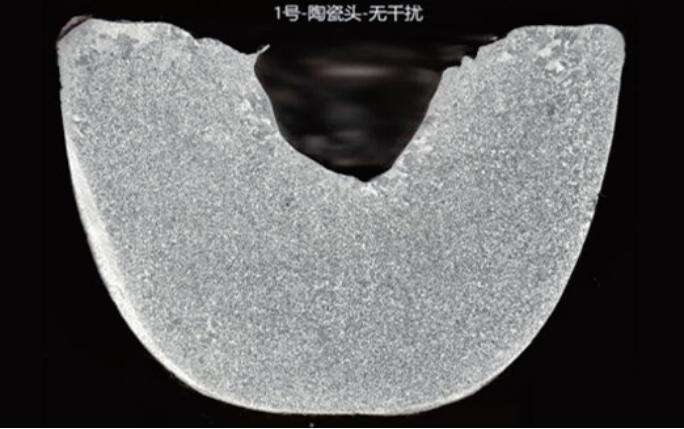
Experimental Results
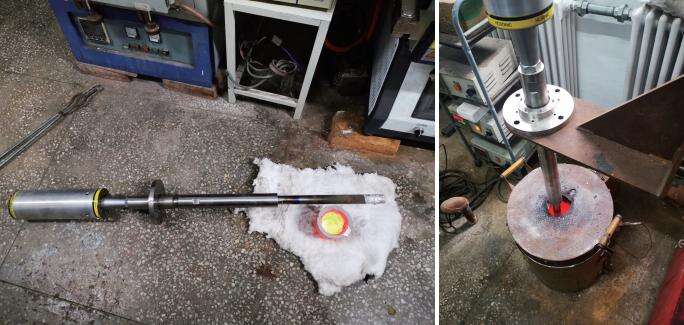
Experimental site

